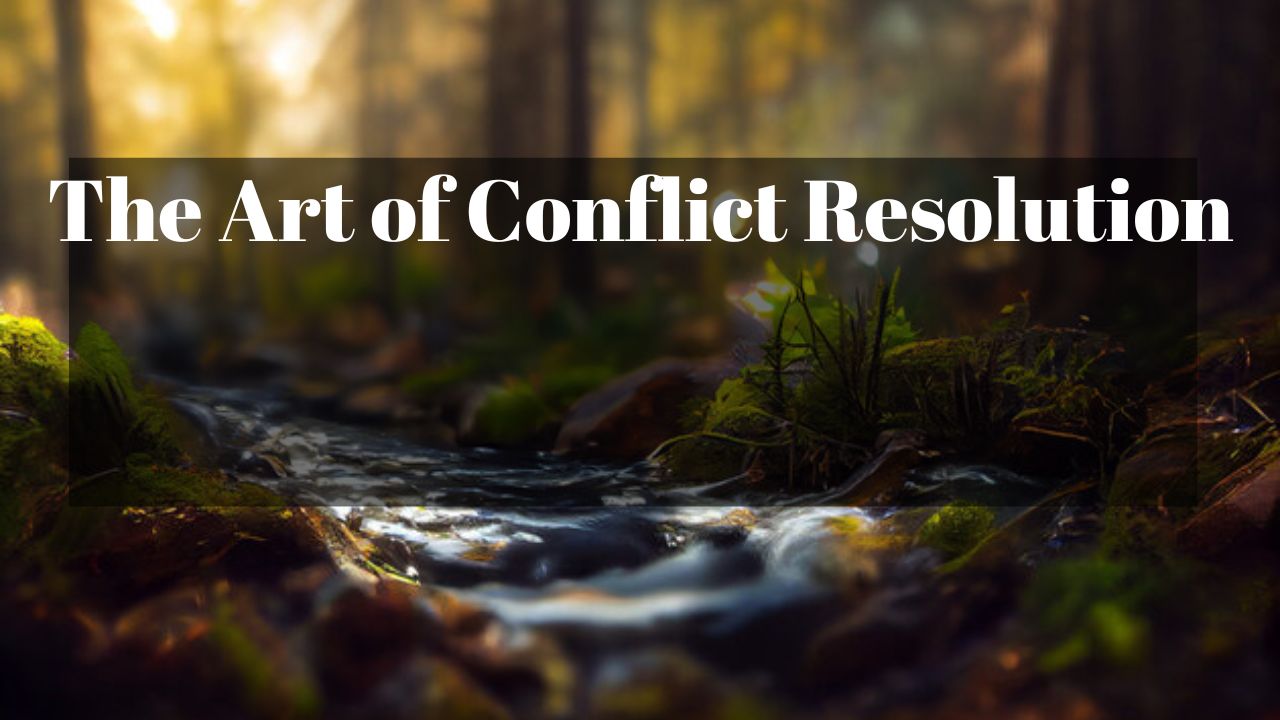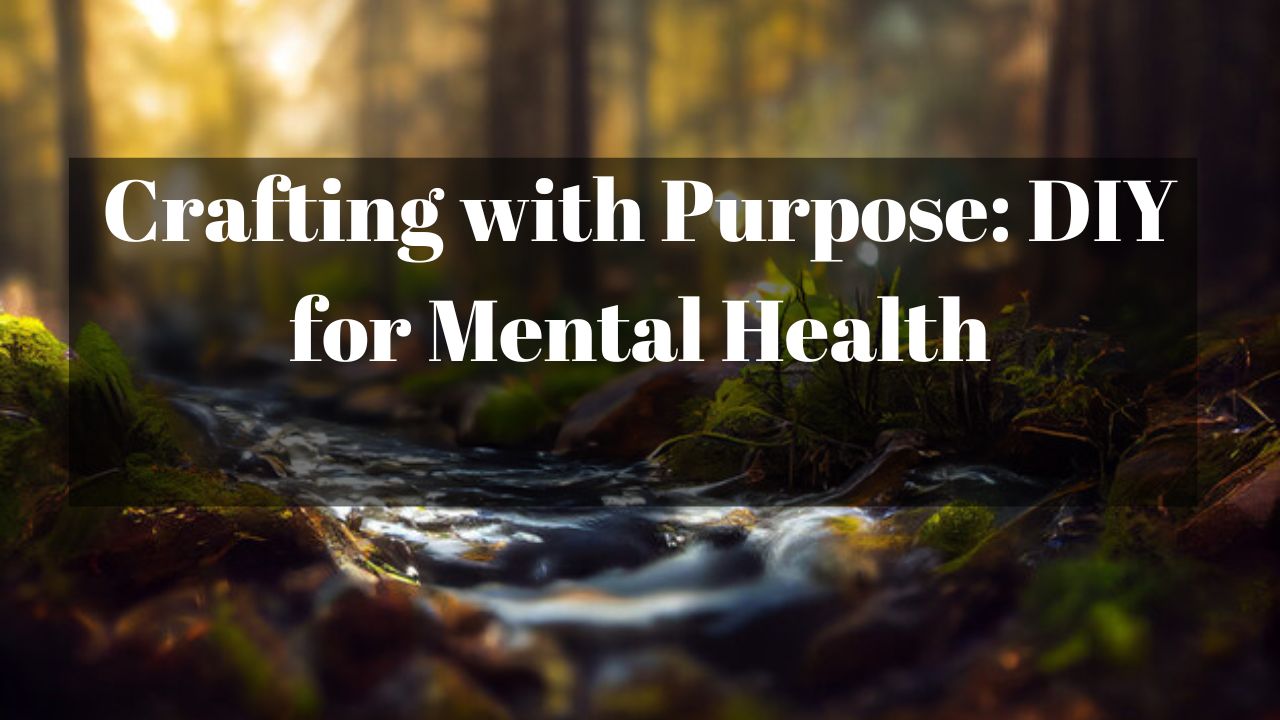The Art of Conflict Resolution
Conflict is an inevitable part of human interaction, arising from diverse perspectives, values, and needs. The art of conflict resolution lies in transforming disputes into opportunities for growth, understanding, and strengthened relationships. In this article, we’ll explore the principles and techniques that constitute the art of conflict resolution, offering insights on navigating disagreements with grace and effectiveness.
Understanding Conflict:
Conflict is not inherently negative; it is a natural result of differing viewpoints and interests. Recognizing the inevitability of conflict is the first step toward resolving it. Rather than avoiding or suppressing conflict, the art of conflict resolution involves embracing it as an essential aspect of interpersonal dynamics.
Effective Communication:
At the core of conflict resolution is effective communication. Clear and respectful communication is the bridge that connects individuals during disagreements. Actively listen to the concerns and perspectives of others, express your thoughts articulately, and seek to understand before being understood. Effective communication creates a foundation for finding common ground.
Cultivating Empathy:
Empathy is a cornerstone of conflict resolution. Strive to understand the emotions and motivations underlying the perspectives of others. By acknowledging and validating feelings, you create an atmosphere of mutual respect. Empathy fosters a collaborative mindset, making it easier to find solutions that address the needs of all parties involved.
Choosing the Right Time and Place:
Timing is crucial in conflict resolution. Choose an appropriate time and private setting to address the issue at hand. Avoid confronting individuals in public or when emotions are heightened. Creating a conducive environment allows for focused and productive discussions.
Separating People from the Problem:
The art of conflict resolution involves separating the individuals involved from the problem itself. Focus on addressing the issue at hand rather than attacking personal attributes. By depersonalizing the conflict, you can collaboratively work towards solutions without escalating tensions.
Collaborative Problem-Solving:
Instead of adopting a win-lose mentality, strive for win-win solutions through collaborative problem-solving. Identify common goals and interests, and explore creative solutions that satisfy the needs of all parties. A collaborative approach fosters a sense of shared responsibility and mutual benefit.
Establishing Ground Rules:
Setting ground rules for conflict resolution creates a framework for respectful and constructive dialogue. Ground rules may include active listening, avoiding blame, and focusing on solutions rather than dwelling on the past. Establishing guidelines ensures that discussions remain productive and conducive to resolution.
Seeking Third-Party Assistance:
In situations where conflicts persist, seeking third-party assistance can be beneficial. A neutral mediator or facilitator can provide an unbiased perspective, guide discussions, and help parties explore potential solutions. Third-party involvement can be particularly useful in complex or deeply rooted conflicts.
Maintaining Emotional Regulation:
Emotional regulation is a key element of conflict resolution. Be aware of your emotions and strive to remain calm and composed during discussions. Emotions, when managed effectively, can be valuable sources of information, contributing to a deeper understanding of the issues at hand.
Learning from Conflict:
Conflict, when approached as an opportunity for growth, can lead to valuable insights and improved relationships. After resolving a conflict, reflect on the experience and identify lessons learned. Use conflicts as catalysts for personal and interpersonal development.
Fostering a Culture of Open Communication:
A proactive approach to conflict resolution involves fostering a culture of open communication within groups or organizations. Encourage team members to express their thoughts, concerns, and feedback regularly. Establishing an environment where communication is valued minimizes the likelihood of conflicts escalating.
Apologizing and Forgiving:
In cases where mistakes are made or misunderstandings occur, the willingness to apologize and forgive is paramount. A sincere apology demonstrates accountability and a commitment to repairing relationships. Similarly, practicing forgiveness allows for healing and moving forward constructively.
Conclusion:
The art of conflict resolution is a dynamic and evolving process that requires patience, empathy, and a commitment to understanding diverse perspectives. By embracing conflict as an inherent aspect of human interaction, individuals can transform disagreements into opportunities for growth and strengthened relationships.
Effective conflict resolution involves mastering the art of communication, cultivating empathy, choosing the right time and place for discussions, separating people from the problem, collaborating on solutions, establishing ground rules, seeking third-party assistance when necessary, maintaining emotional regulation, learning from conflicts, fostering open communication, and practicing the virtues of apologizing and forgiving.
Ultimately, conflict resolution is about building bridges rather than walls, fostering understanding rather than resentment, and creating an environment where differences are acknowledged and valued. As individuals and communities hone the art of conflict resolution, they contribute to a more harmonious and interconnected world











